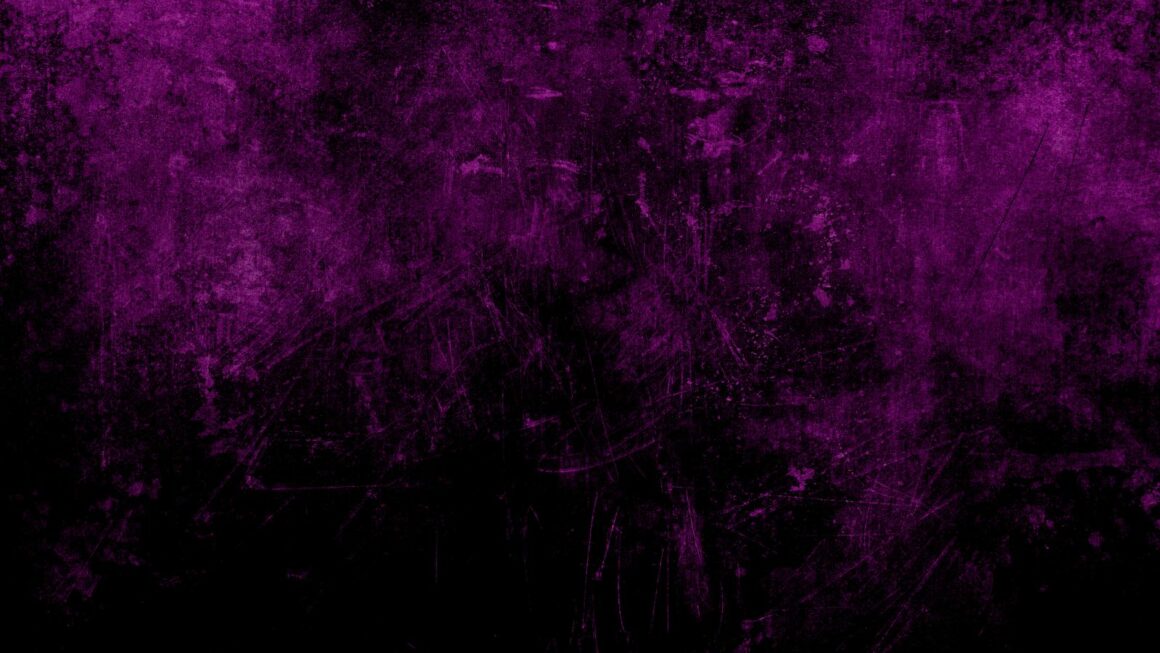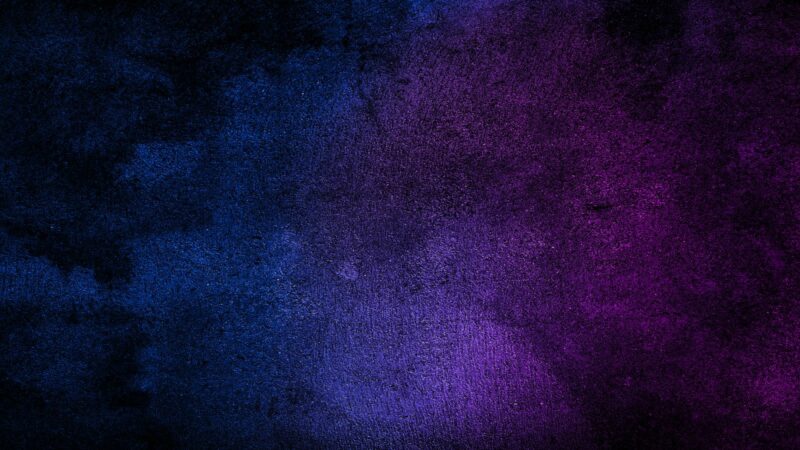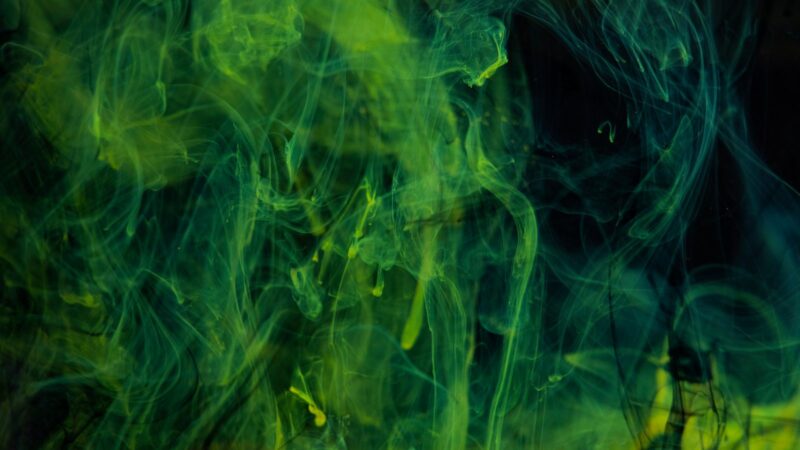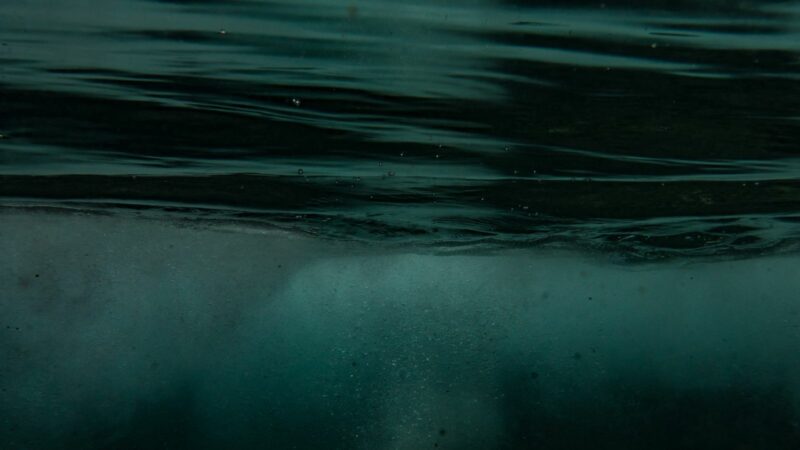In the ever-evolving world of digital art, Art:uw7mc1jmhvq= Dark emerges as a captivating enigma. This intriguing term has sparked curiosity among art enthusiasts and tech-savvy individuals alike, drawing attention to a mysterious realm where creativity meets innovation. As artists continue to push boundaries, this concept represents a fusion of traditional techniques and cutting-edge technology, offering a fresh perspective on the artistic process.With its roots in digital experimentation, Art:uw7mc1jmhvq= Dark challenges conventional norms and invites viewers to explore the depths of imagination. It embodies a unique blend of aesthetics and technology, creating an immersive experience that captivates the senses. As the digital landscape expands, this art form stands as a testament to the limitless possibilities of creativity in the modern age. By delving into this fascinating world, one can uncover the profound impact of technology on the evolution of art and its ability to transform perception.
Art:uw7mc1jmhvq= Dark
Art:uw7mc1jmhvq= Dark captivates audiences by challenging traditional artistic expressions. This digital art style combines time-honored techniques with cutting-edge technology, creating interactive and immersive artworks.
By leveraging modern tools, artists expand their creative boundaries, moving past the limitations of conventional mediums.Digital environments play a crucial role in this art form. Artists use virtual reality, augmented reality, and artificial intelligence to redefine the viewer experience. Artworks transform into dynamic encounters where interactivity enhances emotional engagement. This approach allows audiences to form personalized connections with each piece, promoting deeper appreciation and understanding.The integration of technology not only reshapes the art itself but also influences its perception. As viewers engage with digitally-enhanced pieces, their interpretations evolve, adapting to the fluidity of the medium. This continuous evolution challenges both artists and spectators to rethink the possibilities of art and its impact on society.
In exploring Art:uw7mc1jmhvq= Dark, artists question existing notions of creativity. They integrate technology as a tool to innovate rather than replace traditional methods. This synergy results in a unique blend of past and future, offering insight into how art can adapt to and reflect contemporary cultural shifts. By embracing technological advances, this art form highlights the dynamic relationship between art and the digital age, underscoring its significance in modern creative landscapes.
The Origins Of Art:uw7mc1jmhvq= Dark
Art:uw7mc1jmhvq= Dark finds its roots in the evolution of digital art and technology. This convergence transforms traditional techniques through innovative methods.
In the late 20th century, digital art began incorporating technology, leading to new artistic forms. Pioneers like Harold Cohen developed early computer-generated art, setting the stage for future innovations. As computers became more advanced, artists experimented with interactive media, paving the way for immersive experiences.
Influential Artists And Movements
Artists like Nam June Paik, an innovator in video art, influenced Art:uw7mc1jmhvq= Dark through his integration of technology. The net art movement also contributed by embracing the internet as a medium. Pioneers of these movements combined artistic expression with cutting-edge tools, pushing boundaries and reshaping art’s potential.
Aesthetic And Stylistic Features
Art:uw7mc1jmhvq= Dark combines unique aesthetic features and innovative stylistic elements, establishing a visually immersive experience that challenges perceptions.
Artists using Art:uw7mc1jmhvq= Dark often incorporate diverse visual elements such as contrast, saturation, and depth. High-contrast scenes highlight the tension between light and darkness, focusing the audience’s attention on unexpected details. Intense saturation adds vibrancy, evoking strong emotional responses and drawing viewers into the artwork’s world. Depth, created through layering techniques or visual illusions, provides perspective and fosters an immersive experience. These elements enhance the dynamic nature of this art form, engaging viewers in complex and interactive visual narratives.
Thematic Explorations
The thematic explorations in Art:uw7mc1jmhvq= Dark generally revolve around concepts of identity, existentialism, and the integration of technology. Artists explore multifaceted identities, questioning how personal history and digital personas interact. Existential themes probe the human condition, urging audiences to ponder life’s purpose in a technologically evolving landscape. The interplay of technology underscores the theme, examining its transformative impact on culture, communication, and self-perception. By weaving these concepts together, artists invite viewers to explore deeper meanings and redefine their understanding of contemporary existence.




